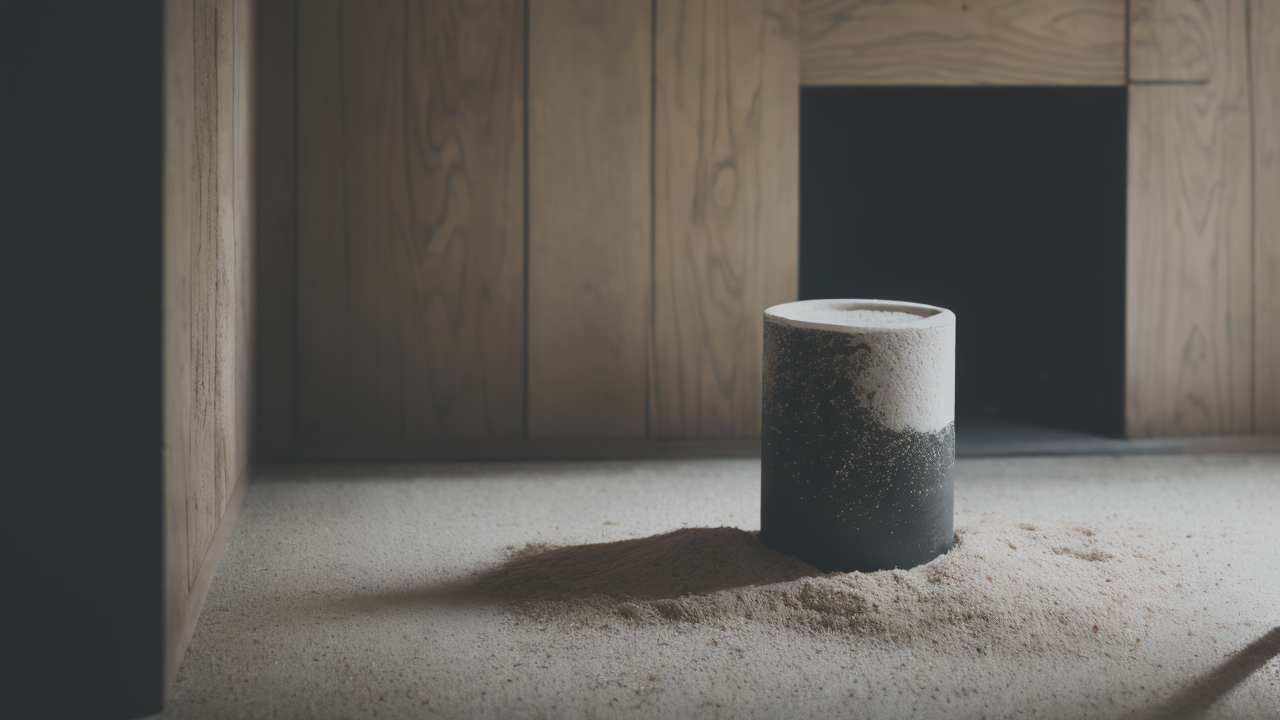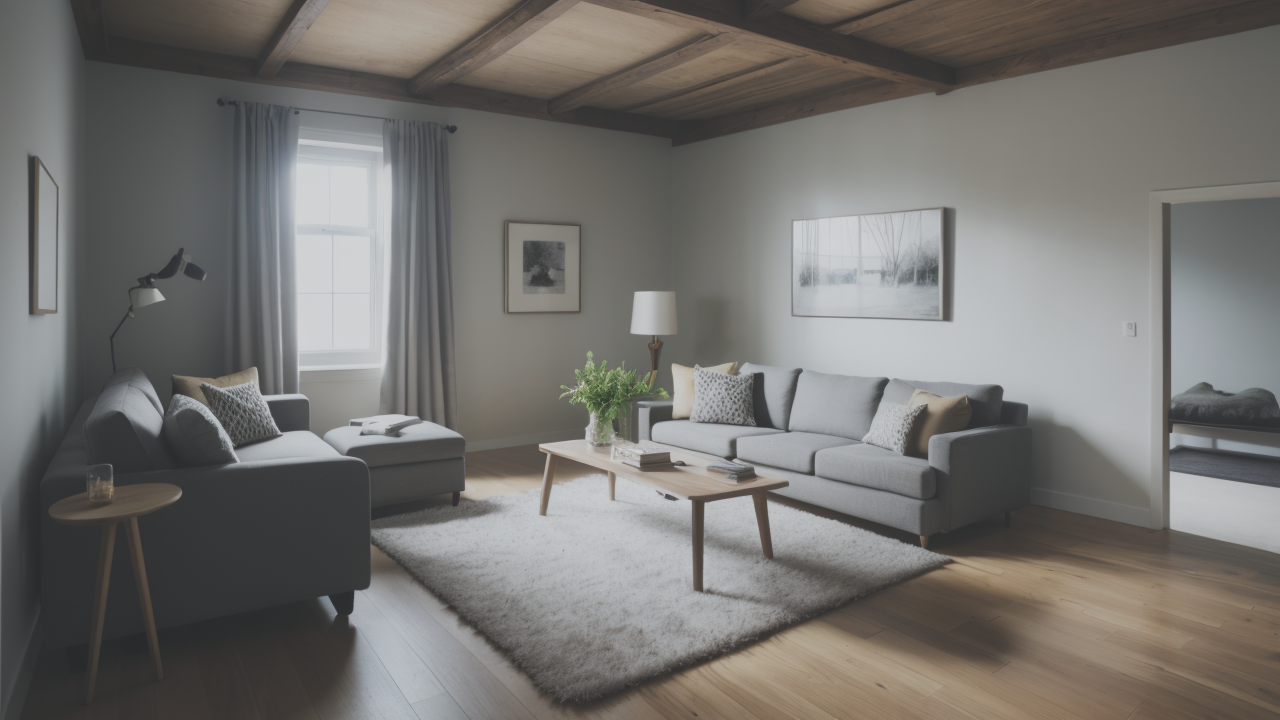
Mastering Texture in Art: Plaster Techniques for SG224 Drawing Projects
Understanding Wabi-Sabi: An Introduction to Japanese Aesthetics
What is Wabi-Sabi?
Wabi-sabi is a Japanese concept that finds beauty in imperfection and simplicity. It's a way of seeing the world that values natural, aged, and unique things. In home decor, wabi-sabi uses simple, natural materials to create calm spaces.

This style often includes handmade items with small flaws. These flaws are seen as adding character, not taking away from beauty. Wabi-sabi is not about being perfect. It's about enjoying things as they naturally are.
Colors in wabi-sabi are usually soft and natural. Think of earth tones, gentle greens, and soft blues. Textures are very important in this style. You might see rough stone, unfinished wood, or raw fabrics.
Wabi-sabi creates a warm, lived-in feeling in a home. It's about making spaces that feel peaceful and connected to nature. This style can help create a more relaxed and mindful way of living.
The Philosophy Behind Wabi-Sabi Art
Wabi-sabi art comes from Zen Buddhist ideas. It's based on seeing beauty in things that are not perfect, not permanent, and not complete. This way of thinking can change how we see art and life.
In art, wabi-sabi often looks simple and minimal. Artists might use natural materials like clay or wood. They often leave these materials looking rough or unfinished. This shows the true nature of what things are made from.
Wabi-sabi art has a quiet kind of beauty. It might not stand out right away. Instead, it makes you want to look closer and think more. This art can make you feel calm and connected to the world around you.
Many wabi-sabi artworks show signs of age or wear. A painting might have faded colors. A pot might have cracks. These are not seen as bad things. They are part of the art's story and charm.
Incorporating Wabisabi Art into Your Living Space
Choosing the Right Wabi-Sabi Decor for Your Home
When picking wabi-sabi decor, look for items that feel natural and simple. Choose things made from materials like wood, stone, or clay. They should look raw and not too polished.

For wall art, think about pieces with soft colors and simple shapes. Handmade pottery or woven baskets can look great on walls. Look for items with small marks or flaws. These add character and fit the wabi-sabi style.
Fabrics are also important in wabi-sabi decor. Pick natural materials like linen or cotton. Look for soft, faded colors or subtle patterns. Avoid bright or bold designs. They might not fit with the calm wabi-sabi feel.
Remember, in wabi-sabi, less is more. Choose a few special pieces instead of filling your space. Each item should mean something to you. It should help make your home feel peaceful and relaxed.
Balancing Traditional and Modern Elements
Wabi-sabi can work well with both old and new styles. The key is to find a balance that feels right for your home. Start by adding wabi-sabi pieces slowly.
In a modern room, wabi-sabi items can add warmth. A rough wooden table or a handmade vase can soften sleek, modern lines. These natural elements bring life to spaces with lots of metal or glass.
In a traditional room, wabi-sabi can make things feel fresh and simple. Replace fancy decor with more plain, natural pieces. A simple stone figure or a worn wooden frame can work well with old furniture.
Try using a big wabi-sabi inspired art piece as a main focus. This could be a simple ink drawing or a textured wall hanging. Let this piece guide your other decor choices in the room.
Expert Tips for Enhancing Your Wabi-Sabi Decor
Maintenance and Care for Wabi-Sabi Wall Art
Taking care of wabi-sabi wall art is about keeping its natural beauty while letting it age naturally. Here are some tips:

- Dust gently with a soft, dry cloth. Don't use water or cleaning products.
- Keep art out of direct sunlight to prevent fading.
- Control humidity to prevent warping or mold on natural materials.
- Handle art with clean, dry hands to avoid leaving oils.
- If repairs are needed, use methods that match the wabi-sabi style.
Remember, some changes over time are good in wabi-sabi. Embrace how pieces age and change. This adds to their story and charm. But do protect your art from damage that could ruin it.
For fabric art, gentle vacuuming can help remove dust. Store extra fabrics in acid-free paper to keep them from turning yellow. Always follow any care instructions given by the artist or maker.
How to Create a Unique Home Atmosphere with Wabi-Sabi Decor
Creating a wabi-sabi feel is more than just picking the right decor. It's about learning to love simplicity and imperfection. Here are ways to enhance your wabi-sabi inspired space:
- Declutter: Remove extra items to create a sense of calm and space.
- Use natural light: Let in lots of sunlight to show off textures and soft colors.
- Bring in nature: Add plants or natural items like stones or branches.
- Make small displays: Arrange small groups of items to tell a story or create a feeling.
- Use empty space: Leave some areas empty to balance your decor and create peace.
Think carefully about where you put your wall art. One big piece can look better than many small ones. Group items with similar colors or textures for a cohesive look.
Use all your senses in your wabi-sabi space. Try natural scents like wood or flowers. Play soft nature sounds like rain or gentle wind. These can add to the calm feeling of your decor.
Remember, wabi-sabi is about finding beauty in everyday things. Display items that mean something to you, even if they're old or imperfect. This personal touch will make your space truly unique and special to you.


